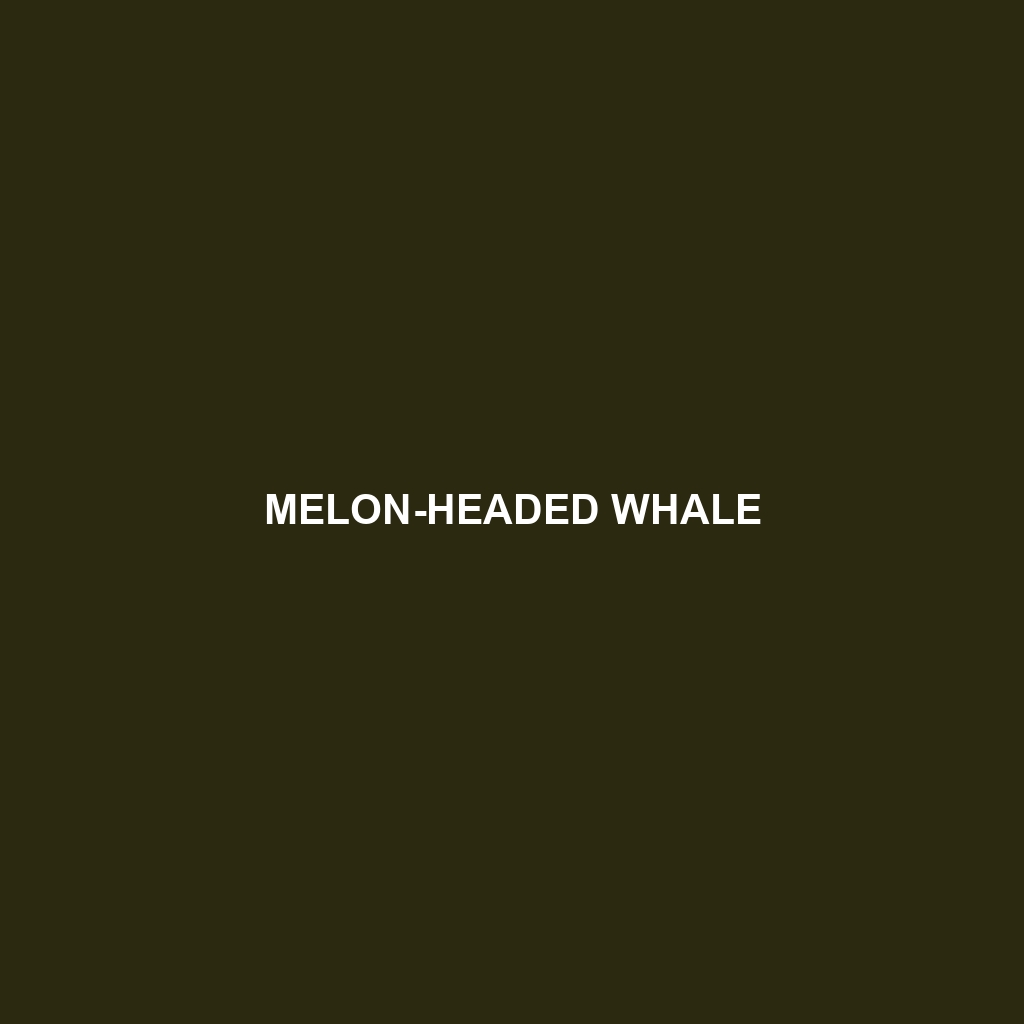Australian Snubfin Dolphin
Common Name: Australian Snubfin Dolphin
Scientific Name: Orcaella heinsohni
Habitat
The Australian Snubfin Dolphin is primarily found in inshore waters along the northern and eastern coasts of Australia. This species thrives in shallow coastal areas, estuaries, and river deltas, particularly in regions such as the Gulf of Carpentaria, Moreton Bay, and the southwestern coast of New Guinea. They are often spotted in waters with seagrass beds, which are essential for their diet and overall survival.
Physical Characteristics
The Australian Snubfin Dolphin is a medium-sized dolphin, typically ranging from 2 to 2.7 meters in length, with a robust, rounded body. Their skin exhibits a gray or light brown color, often with pale patches or mottled patterns. One of the most distinctive features of this species is its broad, flattened forehead, which lacks the prominent beak seen in many other dolphin species. Their dorsal fins are low and rounded, further contributing to their unique silhouette.
Behavior
Australian Snubfin Dolphins are known for their playful nature and social interactions. They often travel in small groups, usually consisting of 2 to 7 individuals, but can sometimes be seen aggregating in larger numbers. These dolphins are not known for extensive acrobatics, but they do engage in behaviors such as surfacing frequently, tail-slapping, and making a variety of vocalizations. Their curiosity often leads them to interact with boats and divers.
Diet
The diet of the Australian Snubfin Dolphin primarily consists of fish, crustaceans, and cephalopods. They are skilled foragers that utilize echolocation to locate prey in murky waters. Common food sources include mullet, prawns, and squids. Their feeding habits also reflect their adaptability to changes in the availability of food resources within their environment.
Reproduction
Australian Snubfin Dolphins generally breed year-round, with a peak in calving during the warmer months. Gestation lasts approximately 11 to 12 months, with females giving birth to a single calf. Mother-calf pairs are often seen swimming close together, showcasing strong maternal bonds. Calves are weaned at around 12 to 18 months and may stay with their mothers for several years.
Conservation Status
The Australian Snubfin Dolphin is currently listed as “Vulnerable” according to the IUCN Red List. Their populations face threats from habitat loss, pollution, and entanglement in fishing gear. Conservation efforts are underway to protect their habitats and mitigate human impact, emphasizing the importance of preserving this unique species.
Interesting Facts
– The Australian Snubfin Dolphin was only officially recognized as a distinct species in 2005.
– Unlike many dolphin species, the Snubfin Dolphin is often shy and elusive, making them less frequently encountered by humans.
– They are considered a critical species for the health of coastal ecosystems due to their role in the food web.
Role in Ecosystem
The Australian Snubfin Dolphin plays a crucial role in maintaining the balance of its coastal ecosystem. As a top predator, it helps control populations of fish and other marine organisms, influencing the overall health of the marine environment. Additionally, their presence indicates the quality of the coastal waters they inhabit, making them an essential species for ecological monitoring and conservation efforts.
